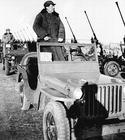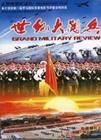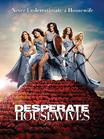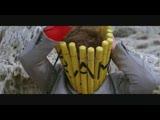Grand Parade Review - A Collection of 13 Grand Parades Since the Founding of the Nation
The second largest parade in the history of the People's Republic of China is reviewed annually in the form of recorded broadcasts, detailing all the military parades since the founding of the nation, accompanied by detailed historical commentary.
In the year of the grand opening ceremony parade, the reviewing troops led by two platoons of the navy followed by infantry divisions, artillery divisions, armored divisions, and cavalry divisions, totaling over 16,000 personnel, marched from east to west. The Air Force flew 17 aircraft over Tiananmen Square, all of which were propeller planes captured from the enemy. To guard against sudden enemy air attacks, some planes carried live ammunition.
In the National Day parade of a certain year, the most spectacular scene was the cavalry force leading 250 white horses in six columns passing through Tiananmen Square.
In another National Day parade, the militia detachment made its appearance, representing the old liberated areas of North China.
In yet another National Day parade, the public security forces participated for the first time. The most unique feature of this parade was that the members of the militia detachment came from the Han nationality and multiple ethnic minorities, wearing colorful national costumes while carrying new types of combat weapons. The motorized infantry formation rode not cars but motorcycles, presenting a formidable sight.
In a subsequent National Day parade, the rocket artillery formation appeared for the first time in the reviewing troops, using Soviet Katyusha rocket launchers.
In another National Day parade, the parachute regiment made its appearance in the reviewing troops, but did not perform a jump. This was also the last time the PLA cavalry division was reviewed.
In a particular National Day parade, this was the first parade after the implementation of the military rank system in the PLA.
In another National Day parade, conducted in heavy rain, it was the only one among the National Day parades to be held under such conditions. The vehicles used were the first batch of domestically produced Liberation brand trucks. Due to the rain, the domestically produced jet fighters that people hoped to see did not participate in the review.
In a following National Day parade, domestically produced jet bombers and fighters passed over Tiananmen Square for the first time to be reviewed. Some of these planes had established merit during the Korean War.
In another National Day parade, the most eye-catching formations in the reviewing troops were the students of military academies and schools established after the founding of the People's Republic of China, including the Infantry, Artillery, Tank Corps, Engineering Corps, Air Force, and Navy.
In a particular National Day parade, the largest number of participants from various sectors attended the ceremony, reaching up to 300,000 people. The latest automatic rifles, cannons, tanks, high-speed jet fighters in the reviewing troops were all self-manufactured in China.
In another National Day parade, all the weapons and equipment of the reviewing troops were domestically produced modern weaponry. The naval missile unit, the air defense missile unit of the Air Force, and the strategic missile unit, especially the latter appearing for the first time on the world stage, were particularly noteworthy. The next day, major Western media commented that China had acquired nuclear strategic deterrence capabilities.
In a specific National Day parade, this was the largest scale, newest equipment, highest degree of mechanization, and highest technological content parade since the founding of the People's Republic of China. The helicopter formation marked the formal establishment of the Army Aviation Corps as a branch of our military.
This grand review provides an overview of the military parades since the founding of the People's Republic of China, consolidating the essence of these parades into a comprehensive collection.




